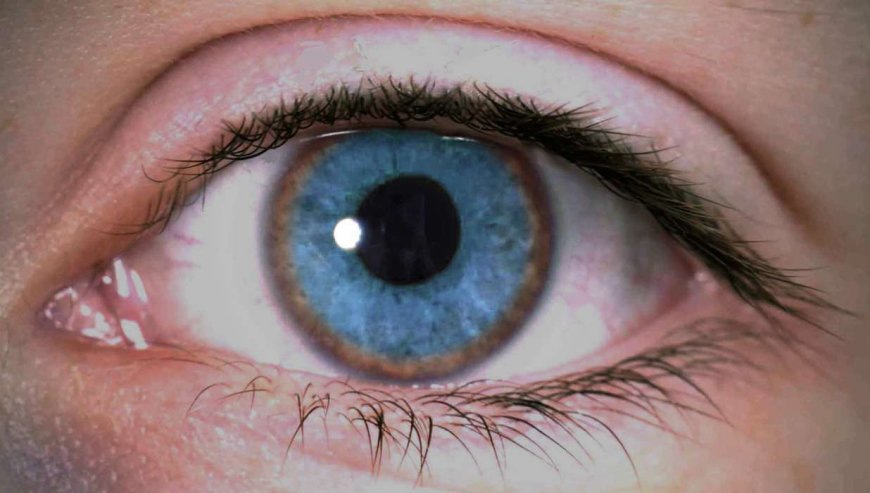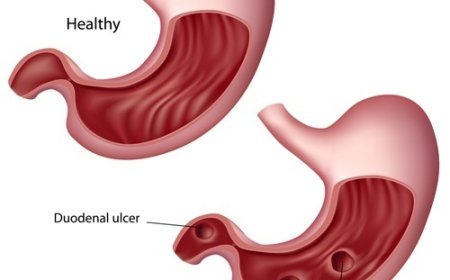Wilson's disease

Introduction:
Wilson's disease is a rare and often overlooked genetic disorder that affects individuals in India and around the world. Named after Dr. Samuel Wilson, who first described it in 1912, Wilson's disease is a condition in which excessive amounts of copper accumulate in the body, leading to various symptoms and complications. This article aims to shed light on the signs, symptoms, causes, diagnosis, and treatment of Wilson's disease in the context of India, while using simple language to make it easily understandable for 10-year-old children.
Signs and Symptoms:
Wilson's disease can manifest in various ways, and its symptoms may vary from person to person. Common signs and symptoms of the disease include:
- Jaundice: Yellowing of the skin and eyes due to the accumulation of copper in the liver, causing liver dysfunction.
- Neurological issues: Tremors, difficulty in walking, slurred speech, and involuntary movements.
- Kayser-Fleischer rings: Copper buildup in the eyes, visible as golden-brown rings around the cornea.
- Fatigue and weakness: Due to impaired liver function affecting metabolism and energy production.
- Abdominal pain and swelling: Resulting from liver enlargement and inflammation.
- Behavioral changes: Personality changes, depression, and mood swings may occur.
What is Wilson's Disease?
Wilson's disease is a hereditary disorder caused by mutations in the ATP7B gene, responsible for the transport of copper within the body. As a result, copper cannot be properly eliminated through bile, leading to its accumulation in organs such as the liver and brain.
How Is Wilson's Disease Classified?
Wilson's disease is classified into two main categories based on its age of onset:
- Juvenile-Onset Wilson's Disease: Symptoms typically appear in early childhood or adolescence, before the age of 18.
- Adult-Onset Wilson's Disease: Symptoms usually begin to manifest between the ages of 18 and 40.
Causes and Triggers:
Wilson's disease is primarily a genetic disorder, meaning it is inherited from one or both parents who carry the faulty ATP7B gene. However, the disease may remain dormant until certain triggers, such as infections, hormonal changes, or environmental factors, lead to the release of excess copper into the bloodstream.
Risk Factors with Examples:
While Wilson's disease is a genetic condition, certain factors increase the risk of its symptoms becoming evident:
-
Family history: If a person has a family member with Wilson's disease, they are at higher risk. Example: If Rohan's elder sister has Wilson's disease, he may also be at risk of having the condition.
-
Consanguineous marriages: Marriages between close relatives increase the risk of inherited genetic disorders. Example: Priya's parents are first cousins, which increases her chances of inheriting Wilson's disease.
-
Environmental factors: Exposure to copper-rich environments or contaminated water sources can trigger symptoms in those predisposed to the disease. Example: A family living near a copper mining area may have a higher risk of Wilson's disease.
Types of Wilson's Disease:
Wilson's disease can present in various forms, affecting different parts of the body:
- Hepatic Wilson's Disease: The most common form, primarily affecting the liver and causing liver-related symptoms.
- Neurological Wilson's Disease: Involving the brain and nervous system, leading to neurological symptoms.
- Psychiatric Wilson's Disease: Characterized by psychiatric and behavioral symptoms, including mood disorders and personality changes.
Diagnostic Tests and Treatments:
Diagnosing Wilson's disease requires a combination of clinical evaluation, blood tests, and imaging studies:
- Blood and Urine Tests: To measure copper levels and detect ceruloplasmin, a protein involved in copper transport.
- Liver Biopsy: A small sample of liver tissue is taken and examined for copper accumulation and damage.
- Kayser-Fleischer Ring Examination: An eye exam to identify copper deposits in the cornea.
- Genetic Testing: To identify mutations in the ATP7B gene.
Treatment of Wilson's Disease involves reducing copper levels in the body and managing symptoms:
- Chelation Therapy: Medications that bind to copper, allowing it to be excreted from the body.
- Zinc Supplements: Zinc blocks copper absorption in the intestines, reducing its accumulation.
- Liver Transplant: In severe cases of liver damage, a transplant may be necessary.
Complications of Wilson's Disease and Prevention Techniques:
If left untreated, Wilson's disease can lead to severe complications, including liver failure and neurological damage. To prevent these complications, early detection and prompt treatment are crucial. Regular follow-ups with healthcare providers and adherence to prescribed medications can significantly improve the quality of life for individuals with Wilson's disease.
Wilson's disease is a complex and potentially life-threatening condition that demands awareness and attention. With early diagnosis and proper management, individuals affected by this genetic disorder can lead fulfilling lives. By understanding the signs, symptoms, causes, and treatments of Wilson's disease, we can work together to ensure better healthcare and support for those living with this condition in India and beyond.
What's Your Reaction?
 Like
0
Like
0
 Dislike
0
Dislike
0
 Love
0
Love
0
 Funny
0
Funny
0
 Angry
0
Angry
0
 Sad
0
Sad
0
 Wow
0
Wow
0









































































